Knee Pain in Periods: Joint Pain and Women – Women’s Health
What causes joint pain in women? How do female hormones affect joint pain? What are the differences between men and women in terms of joint pain medication? Get the answers here.
Understanding Joint Pain in Women
Women are more frequently and often more severely affected by joint pain compared to men. The CDC estimates that from arthritis or chronic joint symptoms affect more than 70 million Americans, 41 million of whom are women. A number of factors contribute to this disparity, including the prevalence of certain conditions that cause joint pain in women, hormonal fluctuations, and physiological differences.
Causes of Joint Pain in Women
Of the nearly 27 million Americans with osteoarthritis (OA), 60 percent are women. Rheumatoid arthritis (RA), an autoimmune disease, strikes approximately three times more women than men. Other autoimmune conditions that cause joint pain, such as lupus, scleroderma, and multiple sclerosis (MS), also hit women harder than men: Women are nine times more likely to develop lupus, three times more likely to have scleroderma, and twice as likely to suffer from MS. Additionally, fibromyalgia, a condition that can cause joint pain, affects women eight times more frequently than men.
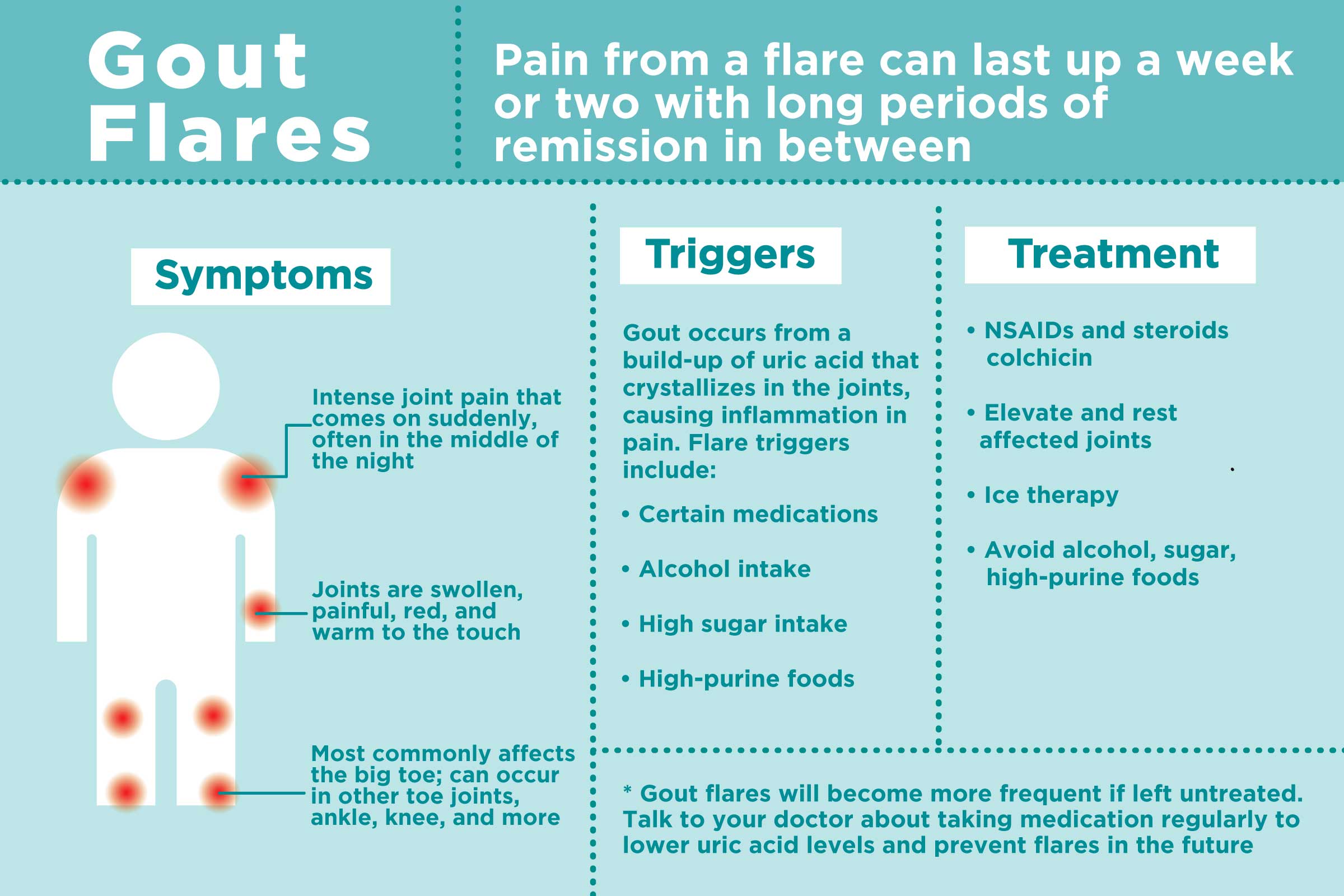
The Estrogen-Joint Pain Connection
Female hormones, particularly estrogen, are believed to play a significant role in women’s vulnerability to joint pain. Many women with OA, RA, lupus, and fibromyalgia report an increase in joint pain just before or during their periods. This is likely because estrogen levels plummet right before menstruation and rise again after a woman’s period is over. Estrogen is believed to be protective against pain, and some research shows that 80 percent of women with RA experience a remission of symptoms during pregnancy and a flare-up when estrogen dips during the postpartum period.
Women’s Physiology and Joint Pain
Hormones are not the only factor contributing to the gender disparity in joint pain. Female brains may also be wired differently for pain. Studies have found that females release less of the brain chemical dopamine in response to painful stimulation, which can impair the functioning of endorphins, the body’s natural painkillers. Additionally, structural differences between men and women may contribute to certain types of joint pain, such as the increased risk of osteoarthritis in the knee area for women due to their generally more flexible and loose-jointed nature.
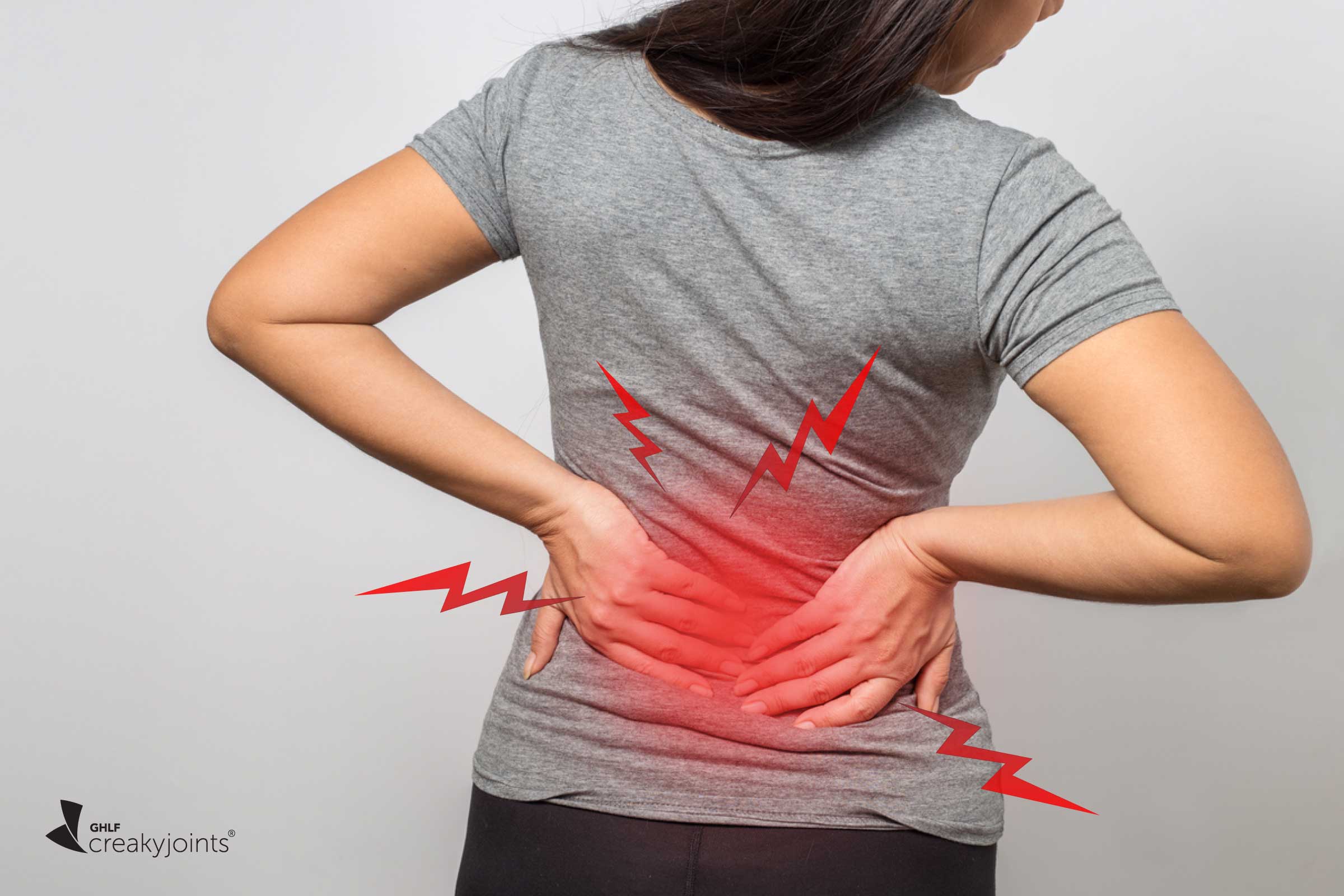
Joint Pain Medication and Women
Women react differently than men to some medications for relieving joint pain. Fluctuating hormone levels can reduce the amount of medicine circulating in the bloodstream, which means that women may need more of the standard dose. Additionally, female digestive systems are slower, causing certain medications (like pain relievers) to take more time to pass through the digestive tract where they’re absorbed more fully. And because pain sensitivity increases right before a woman’s period, more pain-relieving medicine may be required at this time of the month.
Addressing Joint Pain in Women
Women need to be proactive in understanding how joint pain affects them and advocate for proper diagnosis and treatment. By becoming educated about the gender-specific factors that can contribute to joint pain, women can increase the odds of finding relief and getting the best health care possible.
Key Takeaways
- Women are more frequently and often more severely affected by joint pain compared to men.
- Conditions like osteoarthritis, rheumatoid arthritis, lupus, scleroderma, multiple sclerosis, and fibromyalgia disproportionately affect women.
- Hormonal fluctuations, particularly in estrogen levels, play a significant role in women’s vulnerability to joint pain.
- Physiological differences, such as brain chemistry and structural differences, can also contribute to the gender disparity in joint pain.
- Women may need to adjust their medication dosages and timing to effectively manage joint pain due to factors like hormonal changes and slower digestive systems.
- Women should be proactive in understanding and addressing their joint pain, and advocate for proper diagnosis and treatment.
Joint Pain and Women – Women’s Health
Everyone gets the occasional ache or pain — a little soreness in the shoulder, a twinge in the knee — but research shows that women are more frequently and often more severely affected than men. The CDC estimates that from arthritis or chronic joint symptoms affect more than 70 million Americans, 41 million of whom are women. A number of factors contribute to this disparity: Women are more apt than men to have conditions that cause joint pain, experience hormone fluctuations that affect their vulnerability, and may not be physiologically equipped to deal with pain.
Causes of Joint Pain in Women
Of the nearly 27 million Americans with osteoarthritis (AO), 60 percent are women. Rheumatoid arthritis (RA), an autoimmune disease, strikes approximately three times more women than men. Other autoimmune conditions that cause joint pain, such as lupus, scleroderma, and multiple sclerosis (MS), also hit women harder than men: Women are nine times more likely to develop lupus, three times more likely to have scleroderma, and twice as likely to suffer from MS. And fibromyalgia, a little understood condition that can cause joint pain, affects women eight times more frequently than men.
And fibromyalgia, a little understood condition that can cause joint pain, affects women eight times more frequently than men.
The Estrogen-Joint Pain Connection
“Women typically feel pain more intensively, more often, and in more parts of the body than men,” says Tarvez Tucker, MD, a pain specialist and director of the Pain Clinic at the University of Kentucky Medical Center, in Lexington. Female hormones are believed to play a role in women’s high vulnerability to pain. Many women with OA, RA, lupus, and fibromyalgia report an increase in joint pain just before or during their periods. This is likely because estrogen levels plummet right before menstruation and rise again after a woman’s period is over. “Estrogen is believed to be protective against pain,” says Dr. Tucker. “It peaks during pregnancy, probably to protect women from the pain of childbirth.” Some research shows that 80 percent of women with RA experience a remission of symptoms during pregnancy and a flare-up when estrogen dips during the postpartum period. Additionally, reproductive hormones are suspected as factors in the high incidence of autoimmune diseases in women since conditions such as RA and lupus are most common during the childbearing years.
Additionally, reproductive hormones are suspected as factors in the high incidence of autoimmune diseases in women since conditions such as RA and lupus are most common during the childbearing years.
Women’s Bodies and Joint Pain
Hormones are only part of the picture, however. Female brains may be wired for pain. It’s thought that endorphins, the body’s natural painkillers, work more effectively in men than in women. “Studies have found that females release less of the brain chemical dopamine in response to painful stimulation. Without dopamine, endorphins can’t function effectively,” says Patrick Wood, MD, a pain researcher at Louisiana State University, in Shreveport, and medical advisor to the National Fibromyalgia Association.
Female structural differences may contribute to some kinds of joint pain, too. For example, women are more prone to osteoarthritis of the knee. One possible explanation: “Women tend to be more limber and loose-jointed than men, so there’s more movement in that area, increasing the risk that the kneecap will rub on the bones below it,” notes Bruce Solitar, MD, a rheumatologist at the NYU Hospital for Joint Diseases, in New York City. This may lead to osteoarthritis symptoms in the knee area.
This may lead to osteoarthritis symptoms in the knee area.
Joint Pain Medication and Women
Women react differently than men to some medications for relieving joint pain. For example, fluctuating hormone levels can reduce the amount of medicine circulating in the bloodstream, which means that women may need more of the standard dose. Plus, female digestive systems are slower, causing certain medications (like pain relievers) to take more time to pass through the digestive tract where they’re absorbed more fully. And because pain sensitivity increases right before a woman’s period, more pain-relieving medicine may be required at this time of the month. “Women need to be aware of these factors, ask the right questions, and be persistent about getting an accurate diagnosis and proper treatment,” says Dr. Tucker. By becoming educated about how joint pain affects them, women can increase the odds of finding relief and getting the best health care possible.
FDA Says Morning-After Pill Isn’t Abortion
The Plan B morning-after birth control pill does not stop pregnancy by preventing a fertilized egg from implanting in the uterus, the FDA clarified.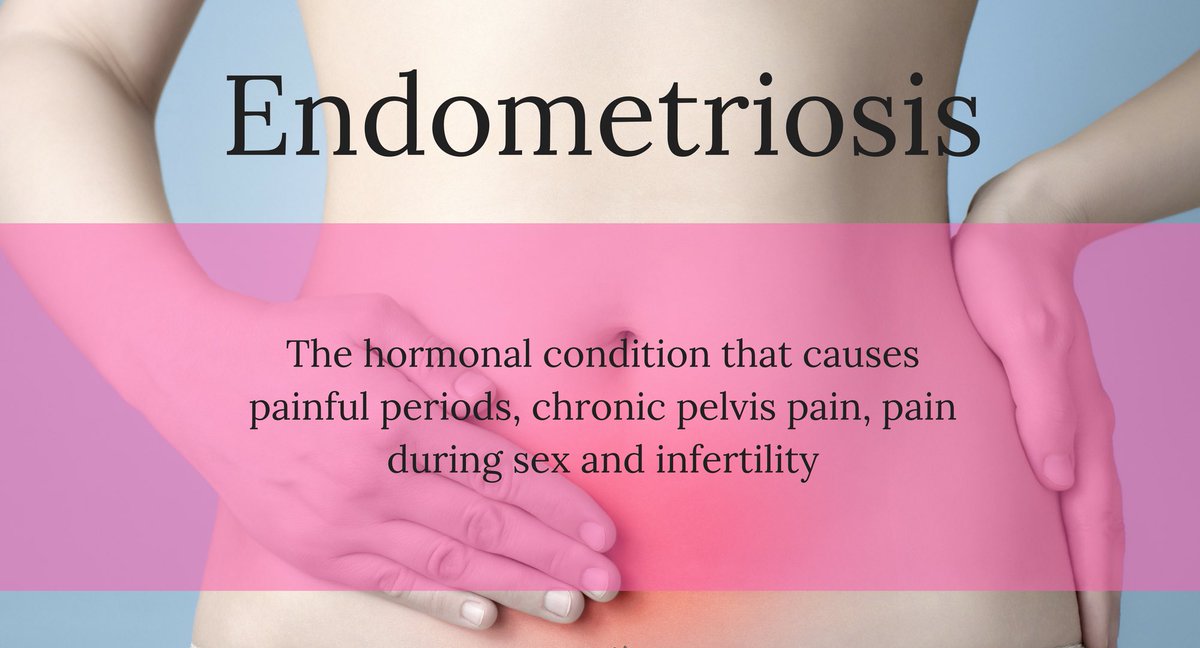
By Lisa Rapaport
17 Self-Care Gifts Wellness Pros Love
This self-care gift guide has the solution for everyone on your shopping list with gifts that focus on physical and emotional health and wellbeing. From…
By Jill Waldbieser
Testosterone and Women’s Health
Testosterone, the primary sex hormone in men, is found in females. Produced by the ovaries and adrenal glands, small amounts of testosterone hormones …
By Cathy Garrard
Estrogen: Types, Replacement Therapies, and Side Effects
Three main types of estrogen are estrone, estradiol, and estriol. A group of hormones produced by a woman’s ovaries, the adrenal glands, and fat tissues…
By Cathy Cassata
Find Affordable Birth Control and Emergency Contraception — Fast
Contraception accessibility is at stake as some women may lose their local reproductive health clinics. Learn where to get reliable birth control information…
Learn where to get reliable birth control information…
By Rachael Robertson
Got Knee Pain? Blame Your Cycle
Aching knees? Don’t blame the weather–check your cycle instead. The muscles in your knees work differently at different points in your menstrual cycle, according to a study presented at the Integrative Biology of Exercise Conference. This changing muscle function destabilizes your joints and can set you up for serious pain.
Since women tend to suffer more ACL tears and generalized knee pain than men, researchers have long wondered if part of the reason has to do with hormonal changes from the menstrual cycle. “We know that progesterone and estrogen affect how the nervous system functions, so we theorized that the menstrual cycle might be affecting how women use their muscles,” says study author Matthew Tenan, certified athletic trainer and doctorate candidate.
Tenan and his research team at the University of North Carolina-Chapel Hill tracked the menstrual cycles of seven female volunteers with natural cycles (no hormonal contraception was used). Then they measured the activity of muscles in their knees during a knee extension exercise. They found that the firing rates of the muscle fibers were significantly higher later in the women’s cycles, about a week before their next period, compared to earlier in the menstrual cycle.
Blame it on hormones and the brain: “The way the brain activates the neurons that cause the muscle to move are altered specifically at the latter part of the cycle right before start of next period, when the progesterone is decreasing and estrogen levels are maintained,” says Tenan.
But don’t let the stages of your cycle influence your gym patterns, at least not yet.
“We can’t say for sure that there is the time in a woman’s cycle that she’s more likely to be injured, but the fact that the patterns of muscle firings change through the cycle could mean that there is less stability in the joint due to the muscles being activated in a different way,” says Tenan.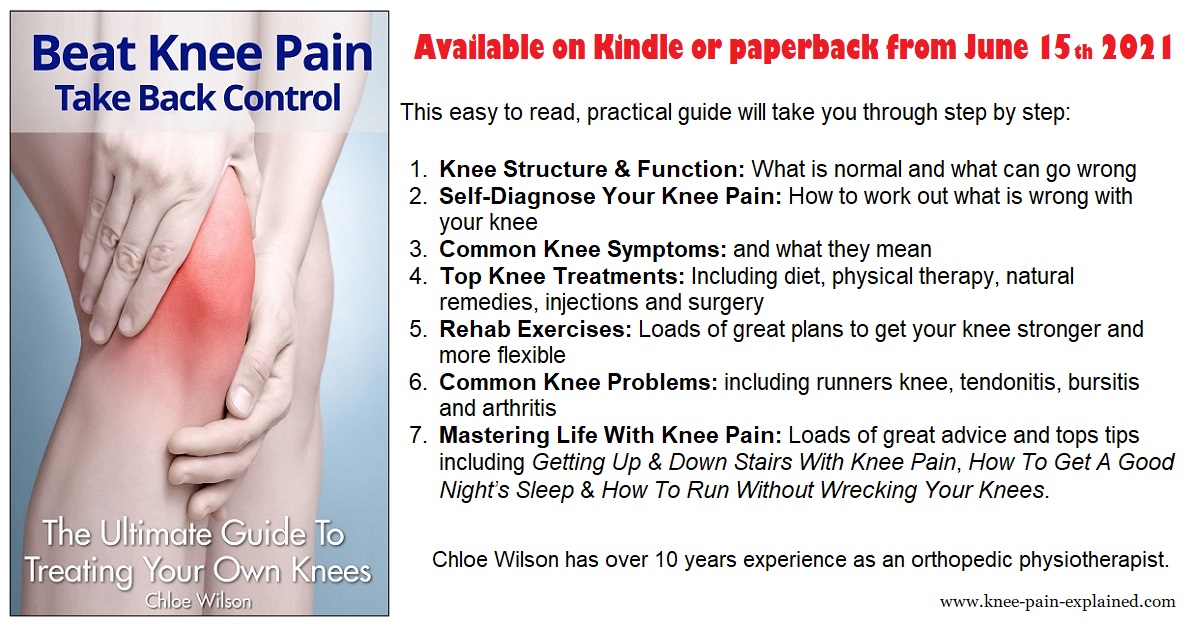
Understanding how the menstrual cycle influences women’s muscles can help trainers better treat knee pain in their patients in the future. “Some say women have more knee pain because they have wider hips,” says Tenan “But you can’t change the width of someone’s hips. Our findings are good news because people change their hormones all the time.”
Your knees aren’t the only body part affected by your period. Learn when your female hormones can help (and hurt!) you at the gym, so you know when you push harder, and when you can back off without guilt.
Image: Photodisc/Thinkstock
More from WH:
How to Avoid Sprains, Strains, and Tears
The Best Yoga Poses for Your Knees
Common Fixes for Fitness Class Injuries
Look Better Naked: Buy the book to learn how to look (and feel!) your very best.
what to do and how to treat
Painless menstruation in women of childbearing age is a sign of good health and a stable hormonal background.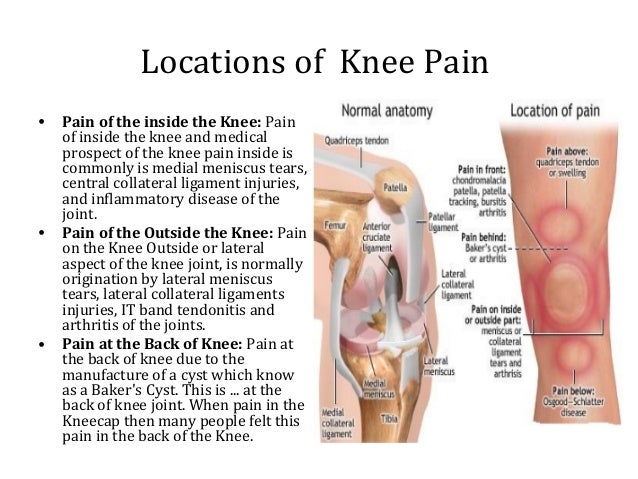 Unfortunately, only a few can boast of such a phenomenon. Most women during this period experience discomfort of varying severity. Pain in the knees during menstruation is one of those troubles that worries constantly or from time to time, regardless of the age of the woman.
Unfortunately, only a few can boast of such a phenomenon. Most women during this period experience discomfort of varying severity. Pain in the knees during menstruation is one of those troubles that worries constantly or from time to time, regardless of the age of the woman.
There is no unequivocal answer to the question about the causes of such a condition, each case is deeply individual. Causes of aching pain in the knee differ depending on the age and general health of the woman. Cause pain in the knee joints can be both individual features of the location of the uterus, and serious diseases of the joints. What do experts explain about this, and is it possible to alleviate the condition?
Contents
- Peculiarities of adolescence
- Menopause and menstruation
- Women of childbearing age
- What to do
- General advice
Peculiarities of adolescence
During menstruation, the knees hurt with the time of physiological growth of the organism. The active development of the skeleton, muscles, does not always go simultaneously with the formation of the genital organs.
The active development of the skeleton, muscles, does not always go simultaneously with the formation of the genital organs.
Knees hurt before menstruation in girls due to poor blood supply to the legs due to an unregulated vascular system. Along with pain, a slight numbness may be felt. The growth of the uterus during this period is also not yet complete, it may have bends. Contracting during the menstrual period, the incompletely formed uterus of a teenage girl causes spasmodic pains that radiate throughout the spine and reach the knees.
Physiological restructuring of adolescence is accompanied by a significant release of hormones, irritation of the nervous system. During menstruation, girls complain of pain all over the body, dizziness. Rotates joints at night, especially legs and knees.
Usually, as you get older and become sexually active, your menstrual cycle becomes more stable, heavy sensations subside, and knee pain goes away.
Menopause and menstruation
Maple pain is one of the manifestations of menopause
If the hormonal storms of adolescents are associated with the development of femininity, then mature women are destined to experience many unpleasant moments in connection with the restructuring of the body to complete the childbearing period.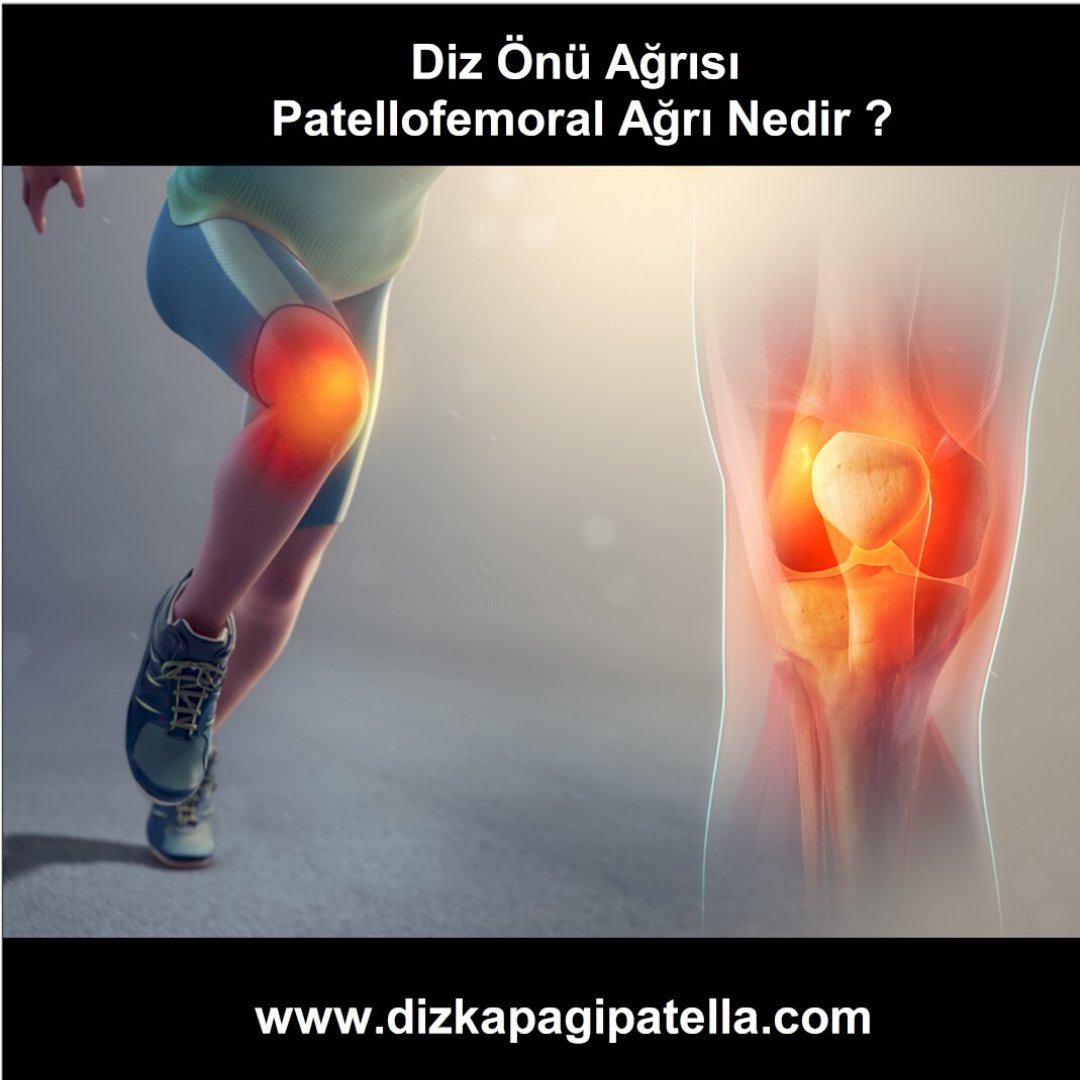 The situation when the knees hurt during menstruation is one of the manifestations of menopause.
The situation when the knees hurt during menstruation is one of the manifestations of menopause.
During the period of premenopause, menstruation becomes more abundant, their regularity is lost. All signs of PMS intensify, heaviness appears in the whole body, fatigue, aching sensations in the legs are added. If the cause of such sensations is only hormonal changes, then during the period of entry into the postmenopausal period, pain in the legs subsides along with the subsidence of menstruation.
The question is different: during this period, more than ever, diseases of the joints are exacerbated in women, associated with the restructuring of the work of the whole organism. This is the time when a woman needs a complete change in habits, sleep and rest, nutrition, regular physical activity.
The cause of sore legs during menstruation or before them must be established together with the doctor – in some cases, this condition can signal the onset of serious pathologies in bone tissues.
Women of childbearing age
Arthrosis of the knee joint at the initial stage
During the period when the formation of the sexual sphere is completed, the woman has reached the peak of childbearing age, and far from menopause, menstruation in a larger group of women becomes regular and proceeds with fewer complications. However, a significant number of complaints that knees ache during menstruation come from women of childbearing age, regardless of the presence or absence of pregnancy and childbirth.
One-time cases of such a condition may be associated with a prolonged load on the legs during menstruation, or, conversely, a long sitting in one position.
This condition can be caused by an organism weakened by overloads, deficiency of vitamins, iron, calcium. Swelling and pain in the legs may be associated with the work of the reproductive system, or they may simply intensify against the background of menstruation, and be caused by completely different reasons.
Individual characteristics of the hormonal background of the body, causing a particular sensitivity to pain. Violations of the processes of regulation of the nerves, an imbalance of sex hormones leads to a pronounced PMS. Stress, exhaustion of the body as a result of constant low-calorie diets can aggravate this situation.
A disease caused by the anatomical features of the structure of the genital organs, called algomenorrhea. Regardless of whether the pathology is congenital or acquired, it provokes a serious condition of a woman during critical days: headaches and dizziness, abdominal pain spreads to the lower back, hips, inguinal zone, while knees may ache, general weakness and even vomiting may occur.
Running inflammatory processes in the genitals can also lead to the fact that not only the lower back, but also the legs begin to hurt badly.
Difficult childbirth, operations, not only gynecological, but also abdominal ones, can lead to a slight change in the location of organs, parts of the skeleton.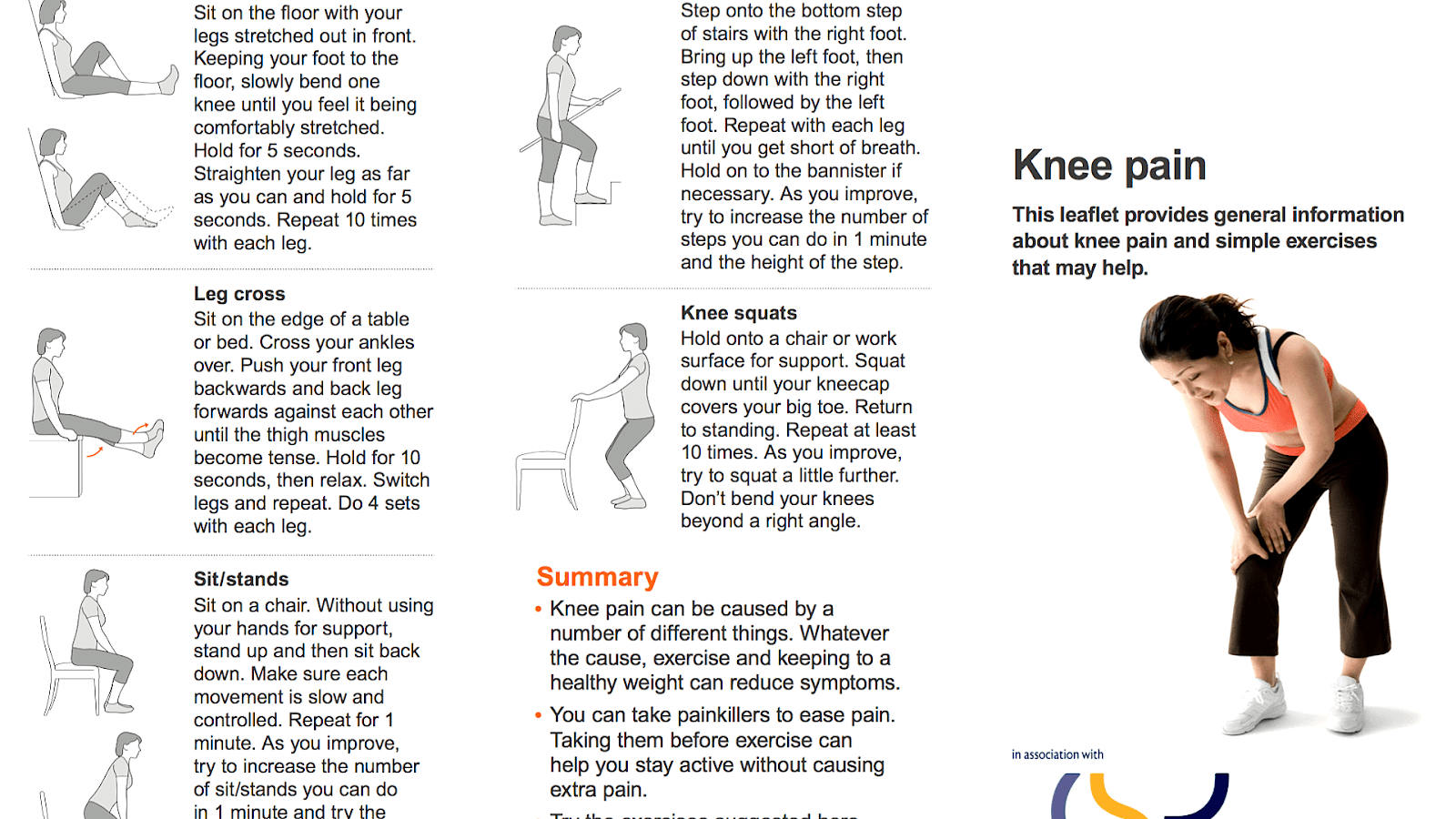 Imperceptible at normal times, when the uterus swells during menstruation, these changes can cause pain in the lower part of the skeleton.
Imperceptible at normal times, when the uterus swells during menstruation, these changes can cause pain in the lower part of the skeleton.
Such ailments can be caused by reasons that are not at all related to gynecology. In such cases, the pain in the knees, which initially occurs in the acute period for the woman, begins to appear later and at other times. This includes:
- Problems with the spine.
- Diseases of the joints.
- Circulatory problems and venous insufficiency.
- Polyneuropathy.
- The condition is aggravated by the development of such concomitant diseases as diabetes mellitus, hernias, thrombophlebitis, sclerosis, tumors.
What to do
Pain heating pad
First of all, a consultation with a gynecologist. At the reception, it is necessary to describe in as much detail as possible the nature of pain in the knees, the time (before, after or during menstruation, the knees ache), the frequency of attacks. What will the doctor do?
What will the doctor do?
First of all, he will do all kinds of procedures to determine the state of women’s health. If the question “why” remains open to the gynecologist, he will give a referral for examination by other doctors.
Modern medicine has in its arsenal effective ways to alleviate the period of critical days for women, but for the correct formulation, the cause of the ailment must be determined.
General advice
Salt baths to relieve swelling
Those who are prone to painful conditions during menstruation, including all age categories, should avoid overload during this period.
- Exclude heavy, high-calorie foods from the diet, give preference to foods rich in vitamins and minerals.
- Do not overload your feet with high heels.
- Baths with salt will help to remove puffiness.
- Try to sit or lie down with your legs slightly raised more often.
- Traditional medicine recommends warm cabbage leaf wraps, mint teas, lemon balm to relieve pain.

- In the morning, before getting up, it is useful to bandage the legs with an elastic bandage, apply any ointment with analgesic and anti-inflammatory effect under it.
Medicines for pain relief should be prescribed by a doctor after consultation, it is quite possible that not just painkillers can be prescribed, but drugs that act on the root cause of the disease state.
pain in the joints before menstruation
pain in the joints before …
Surgery to remove the thyroid gland
25,436 responses
Life after cervical cancer
20,600 answers
Female alcoholism! Help, I’m falling asleep!
26,615 answers
Cystitis just got.
 .. pathia. How to live with it?
.. pathia. How to live with it?
14 548 responses
Early menopause
2 526 responses
Ovarian cyst and laparoscopy
2447 answers
Breast cancer (breast cancer). What research is needed?
8921 responses
Advanced neuritis of the facial nerve ical urethritis … No more strength
19 365 answers
5 answers
Last –
Go to
#1
9000 3
#2
Attention
#5
New topics per day:
If I will switch to a cook with the same hormones, will the side effects persist?
1 answer
Cervical erosion pain
1 answer
2 answers
Burns.
 It itches terribly at night
It itches terribly at night1 answer
Long periods go
2 answers
You pressed a black dot, swollen lip
No answers
Menses 12 days after emergency contraception
1 answer
Second month delay. Pregnant or cyst?
6 answers
Coccyx fracture
1 answer 6
It smells of onions, girls, what could it be?
26 answers
Cervical erosion, cervical cancer
25 answers
- yut oncology?
15 answers
Stinging eyes after applying gel to face. What to do?
14 answers
How to determine diabetes? Glucose 5.




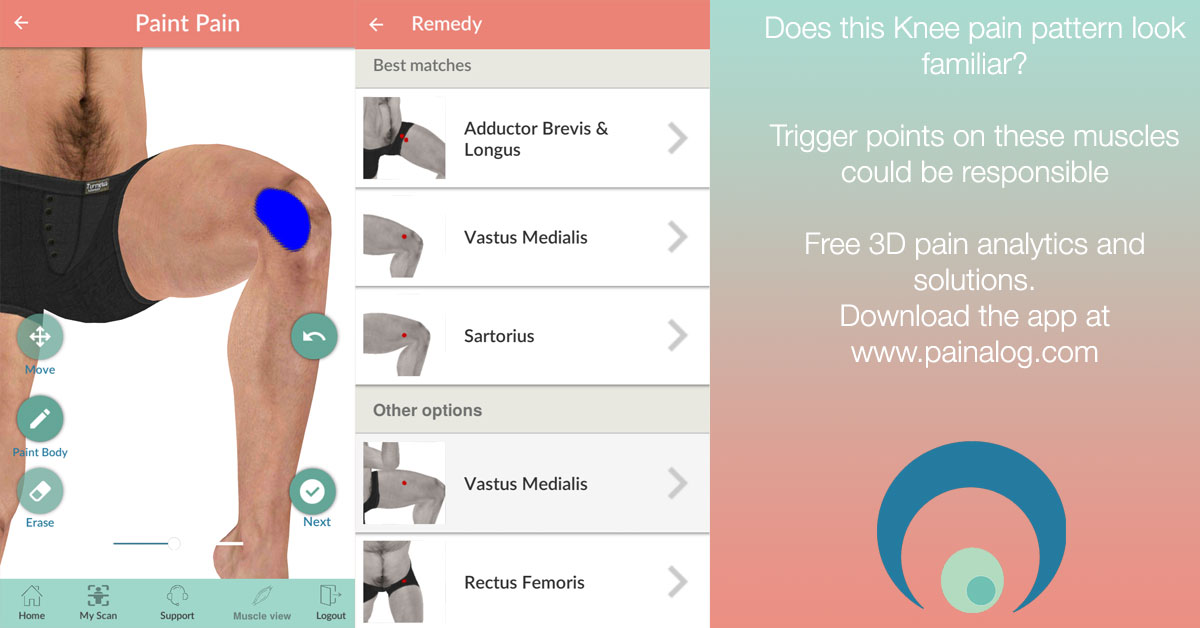 It itches terribly at night
It itches terribly at night